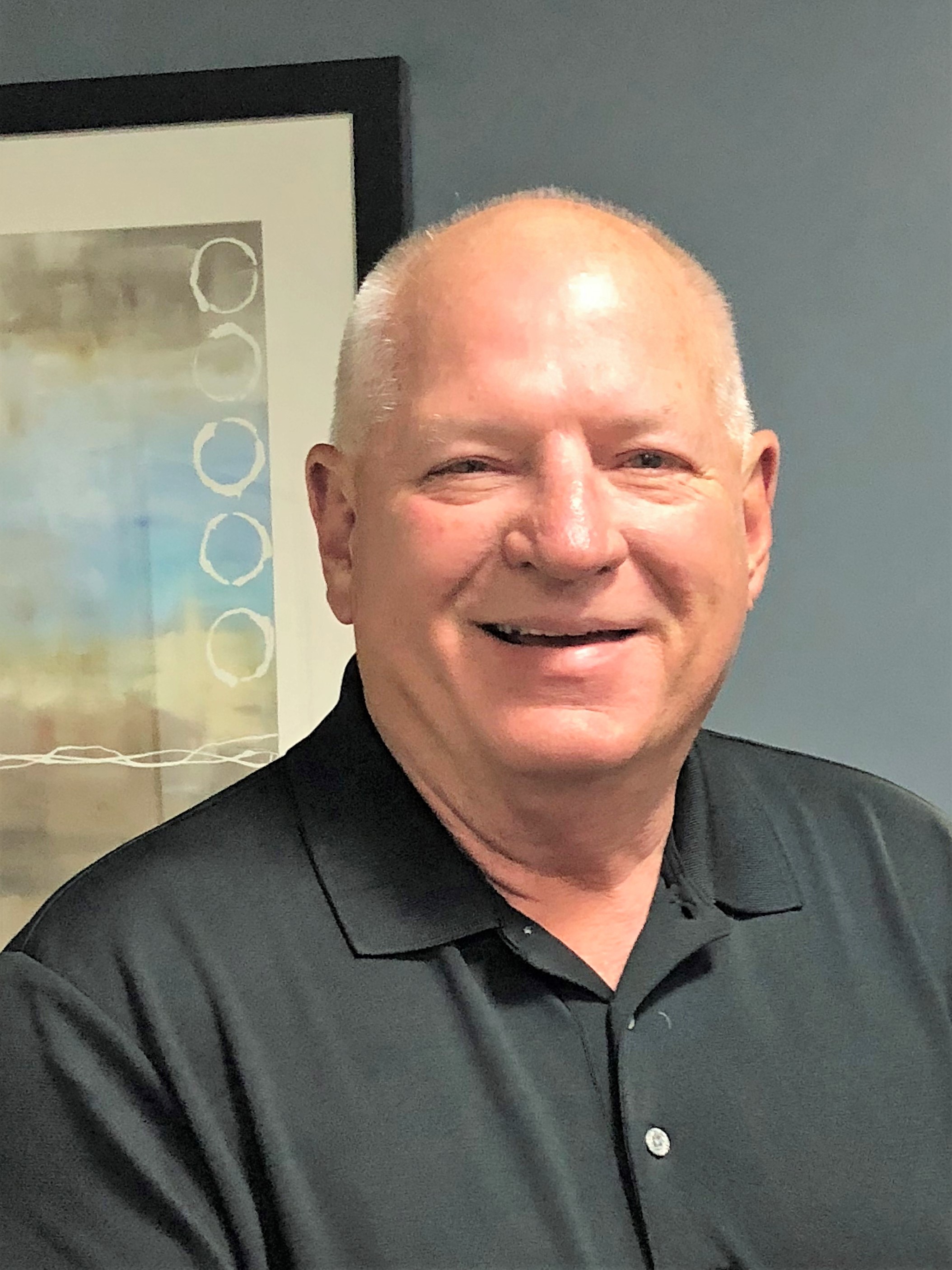Sentry Equipment
World Headquarters
966 Blue Ribbon Circle North
Oconomowoc, WI 53066
+1-262-567-7256
In a hydrocarbon processing plant, crude oil must be processed into more refined products. Establishing a sampling program for all types of refining processes in hydrocarbon processing plants requires special considerations for successful and safe operations.
Read MoreTopics: Downstream, Liquid & Slurry, Gas
Globally, there’s a trend for increased policies and regulations around producing low-sulfur and ultra-low-sulfur (ULS) transportation fuels. These are often referred to as “clean fuels”. “Clean” transportation fuels typically focus on removing sulfur oxides (SOx), specifically sulfur dioxide (SO2), and mitigating pollutants, such as carbon monoxide, nitrogen oxide, hydrocarbons and particulates, from vehicles’ exhaust. Sulfur oxides can cause respiratory problems and lung damage in humans and environmental issues such as tree, plant and stone damage; acid rain and hazy air. The less sulfur content in fuel, the less polluting SOx emissions that fuel will release.
Read MoreTopics: Downstream, Liquid & Slurry
With fluctuating demand in your Hydrocarbon Processing, how can you be sure that unit responsibilities aren't creating silos? Answer: Manual or Automatic Hydrocarbon Sampling.
Read MoreTopics: Downstream, Upstream & Midstream, Solids & Powder, Liquid & Slurry
How do I sample gas or liquid streams where there is no standard sampling point available?
At high-temperature, high-viscosity fluid sampling points, does the fluid need to be cooled before sampling?
What are the best practices for sampling foamy hydrocarbon liquids?
If you’ve ever asked these questions – or any others about manual process sampling in a hydrocarbon processing plant – the “Five Things to Know When Sampling in a Hydrocarbon Processing Plant” webcast is for you.
Read MoreTopics: Downstream
966 Blue Ribbon Circle North
Oconomowoc, WI 53066
+1-262-567-72565285 Schurmier Rd.
Houston, TX 77048
+1-713-645-2106